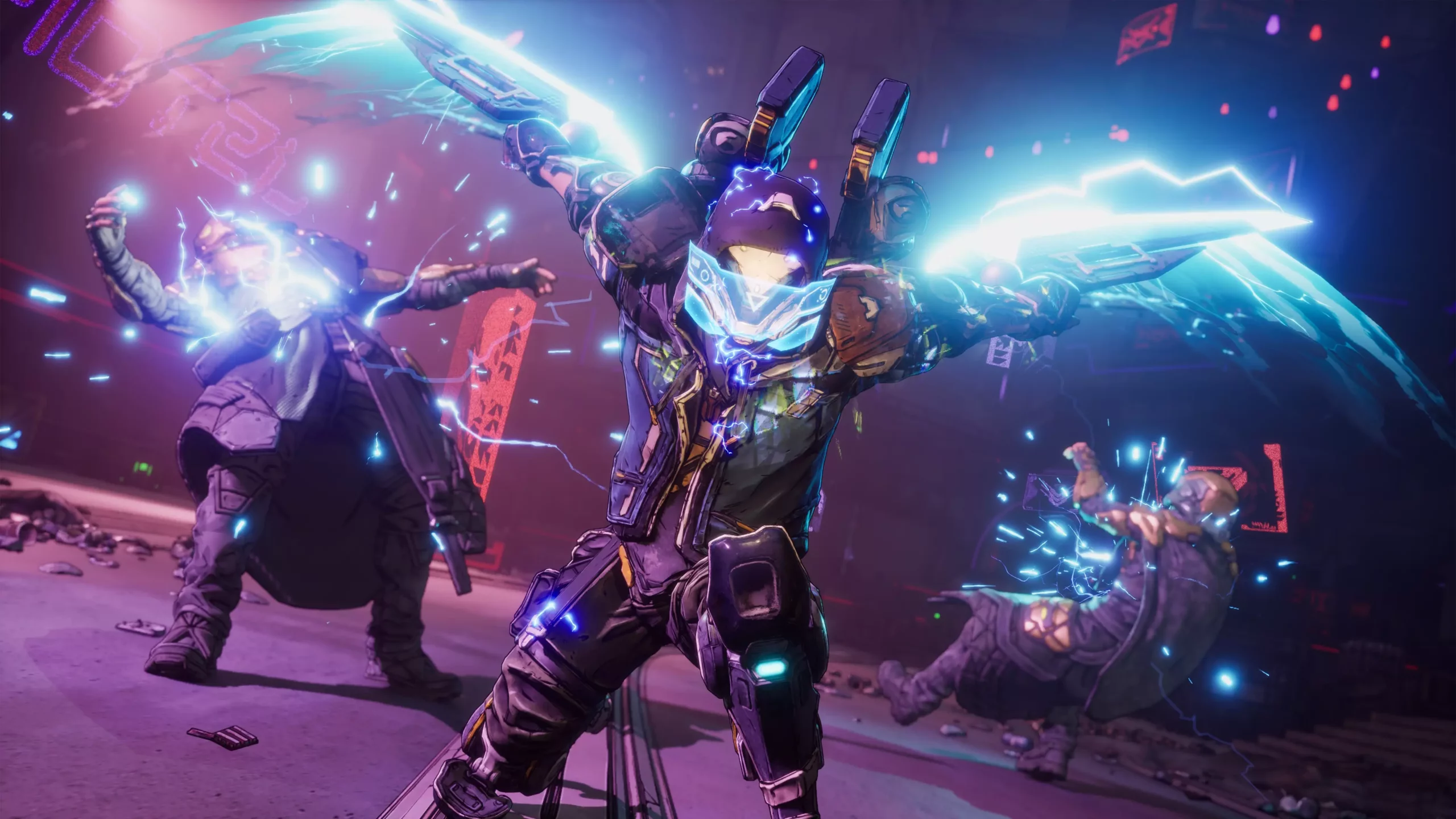In the current video game market, where traditional price points are being challenged, the upcoming release of Borderlands 4 raises significant questions about pricing strategies. With many companies beginning to shift towards an $80 price for new titles, Randy Pitchford, CEO of Gearbox, finds himself in a curious position regarding the anticipated price tag for the latest installment of the beloved franchise. This discussion comes at a time when gamers are observing not only the growing production costs associated with these titles but also a broader wave of consumer sentiment that harbors resistance to inflated pricing strategies.
What many fail to appreciate is the two-tiered nature of the gaming industry today. On one side are the consumers who desire high-quality content without the accompanying steep prices, while on the other side are the developers who face soaring development costs, especially with projects like Borderlands 4, which reportedly has a budget exceeding that of its predecessor, Borderlands 3, by more than 100%. This stark contrast presents a significant dilemma for companies like Gearbox. Balancing the need for financial return against the integrity of consumer relationships is no small feat.
Randy Pitchford’s Transparency About Uncertainty
During a recent PAX East panel, Pitchford candidly admitted his lack of insight into the final pricing of Borderlands 4. This moment of transparency is rather noteworthy; it stands in stark contrast to the usual marketing jargon often used in the gaming industry, creating an atmosphere of authenticity. His acknowledgment of the complexity surrounding pricing decisions hints at the intricate web of market dynamics at play. “It’s an interesting time,” Pitchford notes, illuminating the reality that even decision-makers at the highest levels are grappling with shifting consumer expectations and production costs.
Importantly, Pitchford’s comments reveal a palpable tension within the industry. There are those who champion a lower price point to attract more consumers, and yet, there exist realities that cannot be ignored, such as the realities of tariffs on retail packaging and escalating development expenses. The acknowledgment that “the revenue comes in so we can make bigger games” serves not only to highlight the financial dependency on sales figures but also acts as a subtle appeal to gamers, urging them to understand the delicate balance between cost and quality.
Market Dynamics and Consumer Response
The welcome hesitation to raise prices echoes broader market dynamics that many industries face—how to balance quality, affordability, and profit margins amid rising consumer cynicism. Despite the general acceptance that gaming budgets are inflating, there’s an undeniable fear of losing loyal customers who feel they are being exploited. Pitchford alludes to this unwelcome reality when he notes that some individuals are reluctant to accept the changing price landscape.
The notion that gamers might engage in a dialogue about the nature of pricing—perhaps even influencing future content, like the potential addition of a sought-after minimap—adds an intriguing layer to the conversation. It hints at a movement towards greater consumer agency within game design, whereby player feedback could shape not only game aesthetics but also cost structures. This fosters an environment where consumer sentiment could actively influence future projects, thereby incorporating player feelings into pricing models.
The Road Ahead for Gearbox
Looking ahead, the anticipation surrounding Borderlands 4’s pre-orders signifies a critical juncture for Gearbox in defining its pricing strategy. This looming decision will not just set the price for this specific title, but also establish a precedent within the franchise and possibly set benchmarks for competitor pricing strategies. Pitchford’s statements that they are actively considering market trends indicate a purposeful approach towards pricing that may well serve as a bellwether for the industry.
While there seems to be an unspoken agreement that some inflation in game pricing is becoming inevitable, the quest to ensure that consumers feel they receive adequate value remains paramount. Building a sustainable relationship between developers and gamers requires far more than merely setting a price point; it hinges on fostering trust, engagement, and above all, delivering on promises made with each new release. As gamers continue to navigate this evolving landscape, the dialogue about pricing will remain crucial, impacting not only how they perceive value in their entertainment but how developers approach their creative and financial processes in the years to come.

